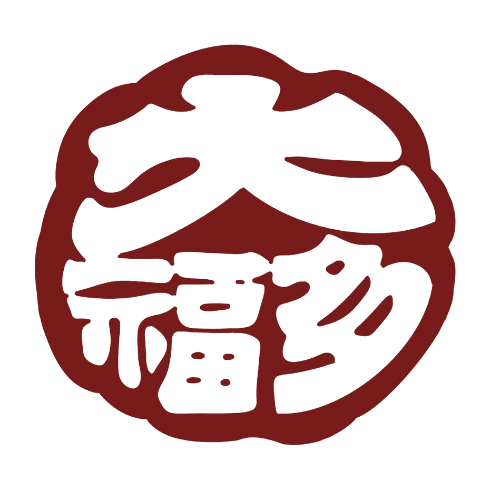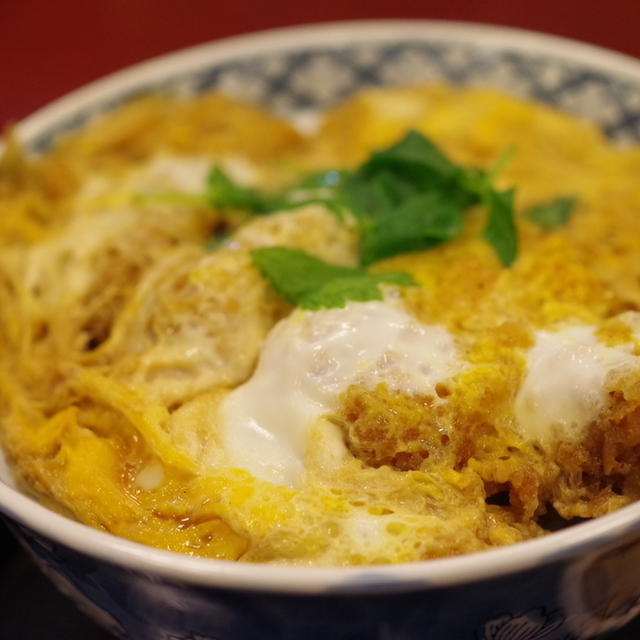NEWS BLOG
![]()
![]()
5 Great Taisho Era Restaurants That Will Leave You Wanting More!
June 18, 2025
Japan is a nation with a long history. Since Japan’s modernization, this history has generally been divided into eras, named for the presiding emperor of those years. Perhaps the most famous of these eras to foreigners is the Meiji era (1868-1912) when Japan transformed itself from an isolated feudal society to a state that could compete with the more entrenched Western powers. However, the true start of Japan’s modernization begins in the Taisho era (1912-1926).
These pivotal years saw the peak of early Japanese democracy as well as the first truly global Japan, where foreign influences freely intermingled with local, domestic wonts and thoughts. Fortunately for the culinary history-minded, several restaurants from that era persist, leaving visitors free to experience the unique atmosphere and flavors that used to be common over a century ago. As such, to accommodate those with such a fancy, here are our 5 recommendations for authentically Taisho restaurants!

Asakusa Oden Otafuku(1915)
Only a short walk from Asakusa Station, this restaurant proudly advertises how it has sold the same oden that it did generations ago! For those who don’t know, oden is a term for an assortment of street foods, simmered in a hot soy sauce broth, making it the perfect thing to eat on a cold, winter day, though this restaurant is open year-round! Not only that, but there are many different kinds of oden, allowing anyone to find a type of oden that they like! Fish cake, daikon, tofu, sausage, you name it! There’s something for everyone with oden!
With nearly 50 different kinds of oden sold, Otafuku doesn’t disappoint in that regard. But it’s not just oden here – there’s also beef, fish, and a variety of different alcohols for you to enjoy over the course of your meal. I recommend the fukubukuro. One, because the name fits with that of the restaurant. Two, because the pleasant chewiness of the mochi within the tofu bag is brought by the savory dashi broth! But really, you can’t go wrong with anything here! If you’re lost, just order an assortment of different oden! I’m sure you’ll like it!

Kinjouan(1919)
Soba, or buckwheat noodles, is the less-known, but just as delicious cousin of ramen and udon. With a flavor commonly described as “earthy” or “nutty”, soba is often thought to be the healthiest of Japan’s three noodle types, due to its lower calories and health benefits. With a broth rich in umami, soba can be topped with a diverse range of sides like tempura, grated daikon, or whatever the eater fancies. The best part – it can be enjoyed both hot and cold, making it suitable year-round!
Of course, that’s not the only reason you come here – you also come here for the delicious katsu (pork cutlet) rice bowl! Advertising it as their specialty, the meal sets where it comes with soba are very popular with students from nearby Waseda University, for their good blend of essential food groups! Personally, I’m a big fan of how they prepare the egg on the cutlet. The sweet aroma is pleasing, and once the cutlet enters your mouth, the firm texture and toothsome tang of the pork leave you wanting more.

Shinsuke(1924)
We’re not sure how familiar you are with Japanese pub culture, but you should be sure not to miss out. Japanese pubs, or izakaya, are popular among the working class of this country, and even if you don’t drink, you’re sure to find something you like, thanks to the variety of foods they usually offer. Fish, tofu, chicken, and more leave your options wide and your palate delighted!
Shinsuke, in particular, is widely recommended to tourists due to its long history and great reputation. After all, it is considered one of the Three Great Izakaya of Tokyo, along with Kagiya (Uguisudani) and Edoichi (Otsuka). And live up to its reputatio,n it does as Shinsuke’s menu offers a plethora of items, all as sumptuous as the rest. My recommendation is the “Kitsune (Fox) Raclette,” which has an impactful flavor that serves as a nice counterpart to sake. The sesame sauce pumpkin is also very nice, the innate sweetness of the pumpkin coming into its own thanks to the sauce.
Lohmeyer(1925)
The Taisho Era was the first time a lot of foreign ideas and foods came to Japan. Sure, Japan began to embrace them in the late Meiji, but it was during the Taisho Era when things hit a fever pitch. Even eating meat, as ubiquitous as it is today, was seen as a relative novelty, having only become widespread a single generation before. It was in these times that a certain August Lohmeyer first began the popularization of sausages and then established the first German restaurant in all of Japan.
Turning 100 this year, this cozy little restaurant is where the modern meat manufacturer got its start, and boy, does it impress. The menu features a variety of distinctly Western dishes that will make you question if you’re really in Japan at all, and all of them are wonderful and worthy of trying. Of course, we can’t help but mention the signature roast beef. It’s simply to die for, the succulent flesh making one feel guilty for how good it is. However, my recommendation is the chef’s hand-kneaded hamburger steak – you can have it plain or with a selection of sauces, and the texture is that which renders it both easy to eat and charming. Wash it all down with a nice German beer and you’ll see how the Japanese got hooked.

Manpuku(1929)
So, technically, this restaurant opened AFTER the Taisho Era ended. However, before becoming a restaurant, the first-generation owners started serving ramen from a food cart sometime during the early to mid-1920s, so we decided to allow it as it still uses the original recipe that would have been used before the Showa Era began. And what better to introduce than a place that has been making ramen since before ramen was even a thing?
Traditionally, it is thought that ramen was brought to Japan by Chinese immigrants. Hence, we have the synonym, “Chuuka Soba“, or Chinese Soba, though the term is only used these days by restaurants that want to emphasize that Chinese connection. Of course, since we’re on the subject, we recommend ordering a bowl for yourself. The shoyu broth is classically mild, which makes it refreshing. The noodles, being bouncy and of fine quality, also add to the experience. As you finish your bowl, you’ll definitely fall in love with the chashu and egg omelet, which both contrast with the broth’s simple taste.
Conclusion
Closed for hundreds of years, when Japan finally opened its borders, the impact of foreigners was sure to leave an impact! Though the Meiji Era is where their influence began, it was during the Taisho Era when foreign ideas began intermingling with domestic ones, leaving many Japanese chefs to figure out how best to take advantage of the situation. Some combined East and West. Others embraced only one or the other.
Yet, all the same, these brave establishments helped usher Japan into the 20th Century, leaving us with the modern culinary tradition that is so recognized today. Though several of them have closed down since, of the few that remain, guests will understand why they were popular when they started and why they remain popular to this day. Of those remaining, here are our picks and we’re sure your taste buds will thank you as they travel in time to the Japan of 100 years ago!
If you liked this article,
give it a like!
-

"Beyond Tsukiji!? The Grilled Fish Delight at Shinpachi Shokudo
No need to travel all the way to Tsukiji or...
-

Washing Money
1. Have You Ever Tried Washing Money at a Shrine?...
-

🌸 How to Book a Tour with TABIBIYORI – An Easy 3-Step Guide!
📲 Contact Us via Your Preferred Messaging App or Social...
-

Best Yakiniku Spot Near Tokyo Tower – All You Need to Know About “Tsurumatsu”
Talking About Tsurumatsu Located in the Shimbashi, Tsurumatsu is a...
-

Food Culture and Specialties at Tsukiji Market!
Tsukiji, known as Tokyo’s good culture center, is a treasure...
-

Washing Money
1. Have You Ever Tried Washing Money at a Shrine?...
-

Food Culture and Specialties at Tsukiji Market!
Tsukiji, known as Tokyo’s good culture center, is a treasure...
-

Toyosu Market – The New Food Capital of Tokyo
Toyosu Market is Tokyo’s new central wholesale market, relocated from...
-

5 Things to Watch Out For When Visiting Japan in the Summer
Japan is well-known for its four seasons. Spring is pleasant...

